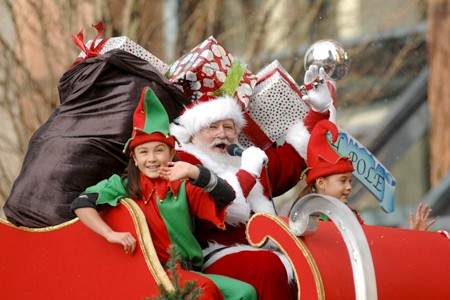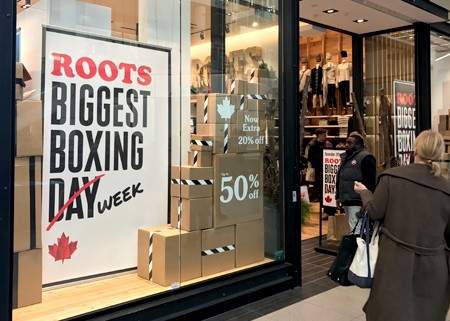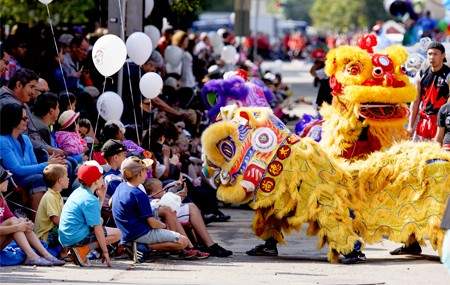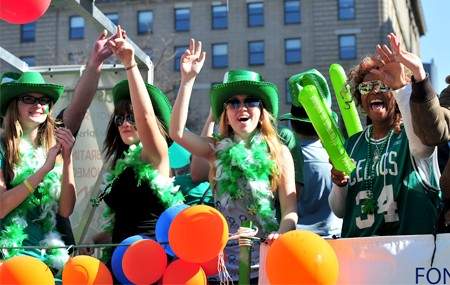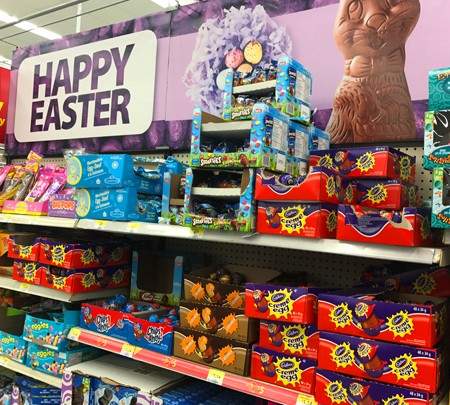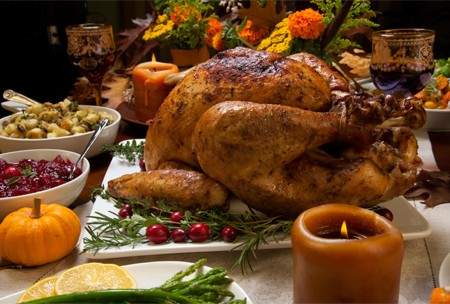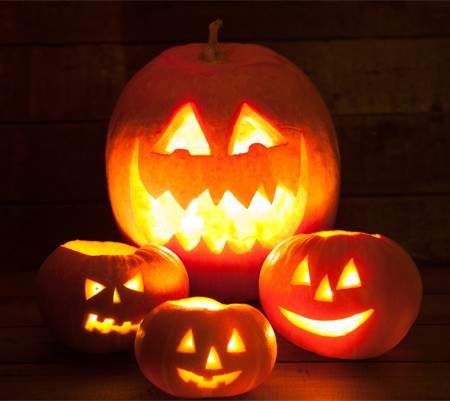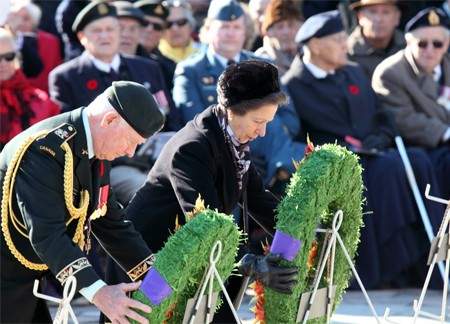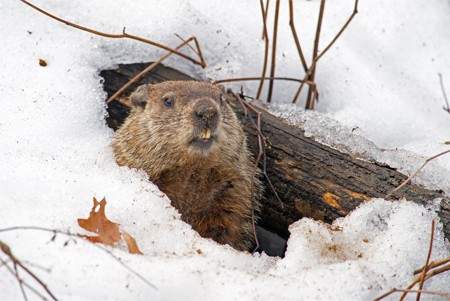St. George's Day, April 25 (Newfoundland and Labrador)
No
Canadian Holidays
Whether they originate from an act of Parliament, religious custom or just social tradition, there are a lot of special days on the Canadian calendar.
Legal Canadian Holidays vs. Unofficial Ones
A “legal holiday” in Canada (also known as a statutory or “stat” holiday) is a day when Canadian employers are legally required to give all their workers a day off. There are only two nationwide stat holidays recognized by the Canadian government: Canada Day and Victoria Day. Every other legal holiday in Canada is set by either the provincial governments, or a particular worker’s contract with their employer (government workers usually get the most days off).
That said, the federal government does officially define 10 other days as “holidays” — Christmas, New Year’s Day, Good Friday, Easter, Labour Day, the Queen’s birthday, Canada Day, Thanksgiving, Remembrance Day, and Truth and Reconciliation Day — in recognition of the fact that these days are public holidays in most provinces. Most Canadian laws, businesses, and social traditions operate on the assumption that the majority of citizens will not be working on these days.
An unofficial holiday is a special day that may involve a great deal of celebration, but is not a day off work.

Many Canadians decorate their homes for Christmas, though not all go as far as this Ontarian.
J. Wheeler/Shutterstock
Christmas in Canada
December 25
Christmas is by far the biggest holiday on the Canadian calendar. Officially, it’s a religious celebration commemorating the birth of the Christian savior Jesus Christ, though as is the case in most western countries, Canadian Christmas has steadily evolved into a largely secular event centered around family gift-giving. Things are getting so secular, in fact, that even the name “Christmas” is now often swapped out in favour of generic terms like “holiday” or “the holidays.”
Canada does not have a lot of “uniquely Canadian” Christmas traditions, and most Canadians follow standard American and British customs. In the month-long lead-up to the big day, most Canadians decorate their homes with traditional decorations, the centerpiece being a Christmas tree in the family living room. There may be Christmas parties with friends, family, or co-workers, as well as some traditional activities like baking special Christmas cookies, or watching Christmas-themed television shows or movies. The night before Christmas, Christmas Eve, is usually a quiet evening spent with family, while on Christmas Day family members will exchange wrapped gifts with one another and dine on a lavish Christmas dinner, which is usually quite similar to a traditional Thanksgiving dinner (see below). In general, most Canadian Christmas activities are primarily geared towards young children, who receive the most Christmas presents (usually expensive toys) as well.
The Canadian version of Santa Claus, the mythical Christmas character who children are taught to believe puts their presents under the Christmas tree while they sleep on Christmas eve, is mostly identical to the American version, complete with a sleigh pulled by flying reindeer, toy-making elves and a friendly cookie-baking wife. Since Canada claims to own the North Pole, the supposed home of Santa’s magical workshop, Canadian children are taught that Santa lives in Canada, and the Canadian post office promotes this idea by pushing a “write to Santa” program that gives him a Canadian address and postal code. For those looking to meet Santa in person, most large Canadian shopping malls feature an actor playing Santa Claus that children can get photographed with during specific hours.
Boxing Day and Black Friday
December 26 and fourth Friday of November
While the lead-up to Christmas is undoubtedly the busiest shopping season of the Canadian year, the day after Christmas is a close second. Called Boxing Day for unclear historical reasons, the holiday is now entirely known as a crazed spectacle of materialistic excess. The second Christmas ends, stores across Canada dramatically slash their prices and offer all manner of deals in a thinly-veiled effort to unload much of their unsold, overflow holiday merchandise. Malls and electronics stores tend to be sites of particular madness, and it’s not uncommon to see deal-hungry Canadians literally camp out in parking lots on the night of December 25 just to be first in line when the shops open.
The unofficial American holiday of Black Friday, which is broadly similar to Boxing Day in the sense of being a day of huge sales at major stores, has started to catch on in Canada in recent years. It occurs on the Friday following American Thanksgiving, which is celebrated on the fourth Thursday of November. The Monday after Black Friday is known as Cyber Monday, and is the biggest day of the year for online shopping.
New Year’s Eve and New Year’s Day
December 31 and January 1
The last major milestone of the December holiday season, New Year’s Eve is a chance for Canadians to drink and party one final night before the year changes over. A decidedly adult holiday, New Year’s parties traditionally run until midnight or later, and usually feature fancy clothes, hors d’oeuvres and copious amounts of champagne. When midnight approaches, everyone loudly counts down the final few seconds, then kisses their romantic partner — or in some cases, just a person of the opposite sex who happens to be close by.
New Year’s Day begins the first second after midnight, but has no real customs or celebrations associated with it. Some may enjoy a leisurely breakfast or brunch with friends or family while others may simply savor a day to relax after so much late-night partying the night before.
St. Valentine’s Day
February 14
Originally a Catholic observance to commemorate the feast of Saint Valentine of Rome (d. 270), a Christian priest who secretly married couples in defiance of the Roman Empire, modern Valentine’s Day is now a secular celebration of all things romantic. Canadian couples, either married or just dating, are expected to buy small gifts for each other, usually cards, chocolate or a special dinner out, and enjoy a romantic evening together.
The holiday has also become very popular with elementary school-aged children, who will usually give their classmates cheap, mass-produced cards on February 14 — though obviously these are more about celebrating friendship than romantic passion.
Family Day (or equivalent)
Third Monday in February
The long stretch of holiday-free weeks between New Year’s and Easter has recently inspired several provinces to invent a new February holiday, most often called Family Day and celebrated on the third Monday in February (not coincidentally, this is the same day Americans celebrate President’s Day). Lacking any real traditions or history, the day is usually simply declared to be a time to “celebrate families,” with specifics left to the families themselves.
In Prince Edward Island the holiday is called Islander Day while in Manitoba it is Louis Riel Day, after the founder of the province. In Nova Scotia and Yukon it’s a celebration of provincial history called Heritage Day, though the Yukoners celebrate it on “the Friday before the last Sunday in February.”
St. Patrick’s Day
March 17
With only minor celebrations and virtually no “official” festivities, St. Patrick’s Day is a holiday of generally minimal importance in the lives of most Canadians, yet still one likely to be included in any list of “major holidays,” due to its colourful and fun reputation. Named in honour of Saint Patrick (385-461), the man credited with bringing Christianity to Ireland, “St. Paddy’s Day” is supposed to be a proud celebration of Irish heritage for the millions of Canadians who claim at least some Irish ancestry.
In practice, St. Patrick’s Day tends to be a fairly superficial commemoration of Irish cliches, with decorations of Shamrocks, leprechauns, and plenty of green. The main profiteers of the day are pubs and bars, which host Paddy’s Day drink specials, including cheap Guinness and dyed green beer. Without putting too fine a point on it, to many, the day is merely “an excuse to get drunk.”
Easter Sunday and Good Friday
(sometime in March or April, exact days vary)
Like Christmas, Easter is one of the holiest days on the Christian calendar, yet also a holiday that is increasingly celebrated in purely secular fashion. According to Christian scripture, Easter commemorates the day when Jesus Christ was resurrected, making it a particularly important day of recognition for those who purport to believe in Christ’s divinity. As a result, even many “fair weather” Christians who do not ordinarily go to church can often find the motivation to attend services on Easter Sunday, making it one of the most crowded (and ostentatiously well-dressed) days for parishes across Canada.
The secular celebration of Easter is so far removed from Christianity a lot of children grow up unaware the two are even related. In the non-religious version, Easter is a mere celebration of things associated with spring, including daffodils, bunnies, baby chicks, and rolling hills of fresh green grass. Kids celebrate it by getting gifts of special seasonally-themed candies from the “Easter Bunny” — a mythical creature who is basically a spring version of Santa Claus — and by hunting for decorated Easter eggs that “he” has hidden around their house or backyard.
Easter is celebrated on wildly different days in either March or April, since its schedule is based on the spring equinox (the day when the Sun passes Earth’s equator). In addition to Easter itself, Canada also recognizes the Friday immediately preceding it as Good Friday, a statutory holiday in most provinces that commemorates Christ’s crucifixion. Beyond a special church service for the devout, there are no real traditions associated with it.
Victoria Day
The Monday preceding May 24
During her final years of life, Britain’s long-serving monarch, Queen Victoria (1819-1901), enjoyed quite an extensive cult of popularity across the Empire, and her death prompted the Canadian Parliament to declare the late sovereign’s birthday (May 24) a national holiday. Over a century later, Victoria Day still survives, though it has been retroactively redefined as the observed celebration of the “current monarch’s birthday,” despite the fact that the actual birthday of the current monarch, Elizabeth II (b. 1926), is in April.
Regardless of its royal origins, in modern Canada Victoria Day is typically viewed as little more than a convenient long weekend (in some provinces, the nickname is simply the “May Long“), and an excuse for short spring vacations and camping trips. In 1952, the Government of Canada abandoned the pretence of even keeping the holiday on a consistent day, and simply declared that it would always be celebrated the Monday closest to the 24th, in order to guarantee it would always create a three-day weekend. Canadians sometimes refer to this as the “2-4 long weekend,” in reference to the fact that the numbers in the late Queen’s birthdate conveniently describe the amount of cans in a large flat of beer.
Mother’s Day and Father’s Day
Second Sunday in May, third Sunday in June
The two “parent’s day” holidays are low key celebrations introduced to Canada in the early 20th century. Children of all ages are expected to show their parent some love with a small gift or card, and a day full of caring, attentive behaviour. The mother/father’s day phone call has become a particularly common custom among adult children, given many Canadians do not live in the same cities as their parents.
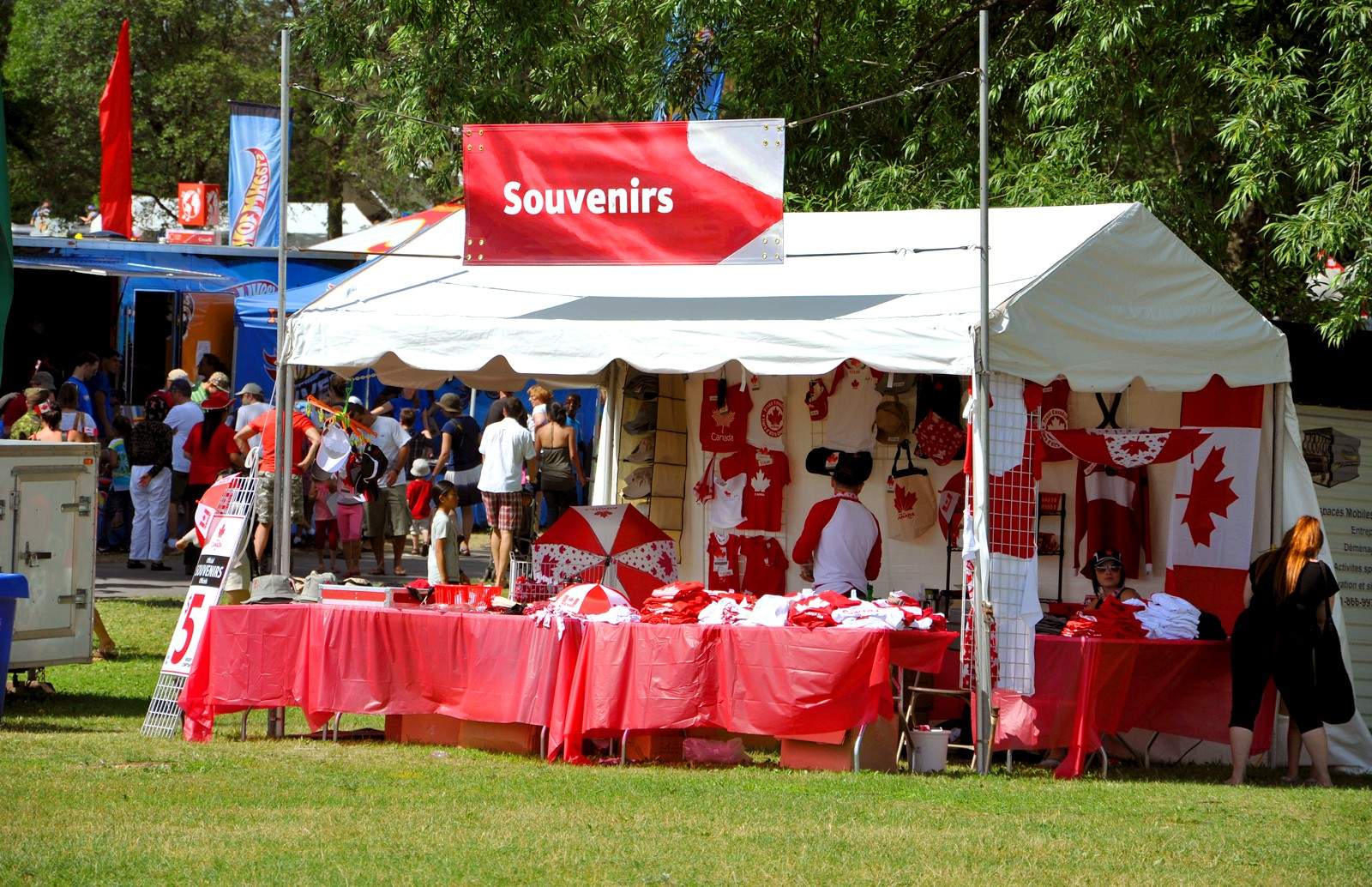
A booth selling Canada Day souvenirs at a Canada Day festival in Ottawa.
jiawangkun/Shutterstock
Canada Day
July 1
July 1, 1867 was the date the Canadian Constitution was adopted and ever since, July 1 has been celebrated as the birthday of the Canadian nation, and the day “Canada became a country.” Held in early summer, Canada Day (known as “Dominion Day” until 1983) offers an opportunity for Canadians to have large parties outdoors, and is usually celebrated with neighbourhood or family barbecues, picnics, and fireworks. Many big Canadian cities will organize a whole host of official Canada Day festivities for their community, including parades, live music, and outdoor festivals, ensuring the streets are packed with patriotic revelers from sunup to sundown.
The “Civic Holiday”
First Monday in August
For unclear historic reasons, it has been longstanding tradition in Canada for the first Monday in August to be a holiday in most provinces and territories, though it goes by a wide variety of different names depending on where you are. It also tends to vary in legal status; in some provinces it’s a well-established day off for everyone, in other places it’s just a holiday for government workers.
In British Columbia, New Brunswick, and Saskatchewan the day is called British Columbia Day, New Brunswick Day, and Saskatchewan Day, respectively. In Manitoba it’s called Terry Fox Day, after Terry Fox (1958-1981), a noted great Canadian. In Nova Scotia it’s called Natal Day and in Alberta it’s called Heritage Day, both of which are meant to evoke ideas of celebrating provincial history. In Ontario, the name of the day actually varies by city, with Toronto calling it Simcoe Day and Ottawa calling it Colonel By Day, after John Graves Simcoe (1752-1806) and John By (1779-1836), two important historical figures from early Ontario. The remaining six provinces and territories don’t officially recognize it as anything in particular; whether workers get the day off depends entirely on their employment contracts.
Labour Day
First Monday in September
In the late 19th century, when Canadian workers were not always afforded full rights and dignity from their employers (to put it mildly), Canadian governments created a new holiday known as Labour Day to acknowledge the contribution of the nation’s labourers. The date, which originated in the United States, has long been rumoured to have been chosen in order to distract attention away from May Day (May 1), which at the time was an important symbolic day for union radicals, communists, and other undesirables politicians weren’t keen to embolden.
Today Labour Day is mostly a generic day off work perhaps best known for signaling the begining of the academic year for school-aged children. People very involved in the organized labour movement, which is to say unions and their political supporters, will sometimes stage parades or protests to raise awareness of contemporary issues relating to Canada’s working men and women.
Truth and Reconciliation Day
September 30
In 2021, the abusive history of residential schools, which were used for many decades of Canadian history as a way to aggressively — and often violently — assimilate aboriginal children into white, Christian culture, became a topic of broad national contemplation and remorse. Many argued that the schools represented the darkest chapter of Canada’s past, and were a genocidal crime against humanity that should have a more prominent presence in Canadian culture. Accordingly, parliament passed a unanimous motion declaring September 30 a day of national mourning and atonement for residential schools, known as the National Day for Truth and Reconciliation, though it’s also informally known as Residential Schools Day or Orange Shirt Day.
Since the holiday is so new (and not yet a legal holiday in most provinces), it is unclear what activities will come to be associated with it. As the nickname suggests, some Canadians wear special orange shirts on the day, in recognition of an influential picture book about residential schools called The Orange Shirt Story (2018) by Phyllis Webstad (b.1967) that tells the true story of how Webstad was forbidden from wearing a favorite orange shirt on her first day attending a residential school in the early 1970s.
Thanksgiving
Second Monday in October
Thanksgiving is a uniquely North American holiday, celebrated in Canada and the United States to commemorate the traditional autumn harvest and give thanks for the wealth and bounty of the New World. On both sides of the border, it originated from a longstanding government tradition of giving an annual resolution of thanks for various different things before settling on the “harvest bounty” theme.
The main event of Thanksgiving is an enormous, lavish Thanksgiving dinner composed of iconic North American foods, including turkey, sweet potatoes, corn, Brussels sprouts, cranberries, and pumpkin pie. Since Canada’s farming season ends earlier due to the country’s cold climate, Canadian Thanksgiving is held several weeks before American Thanksgiving, which does not occur until late November.
Next to Christmas, Thanksgiving is the most important family day of the year for most Canadians, and many will travel great distances in order to dine with their relatives.
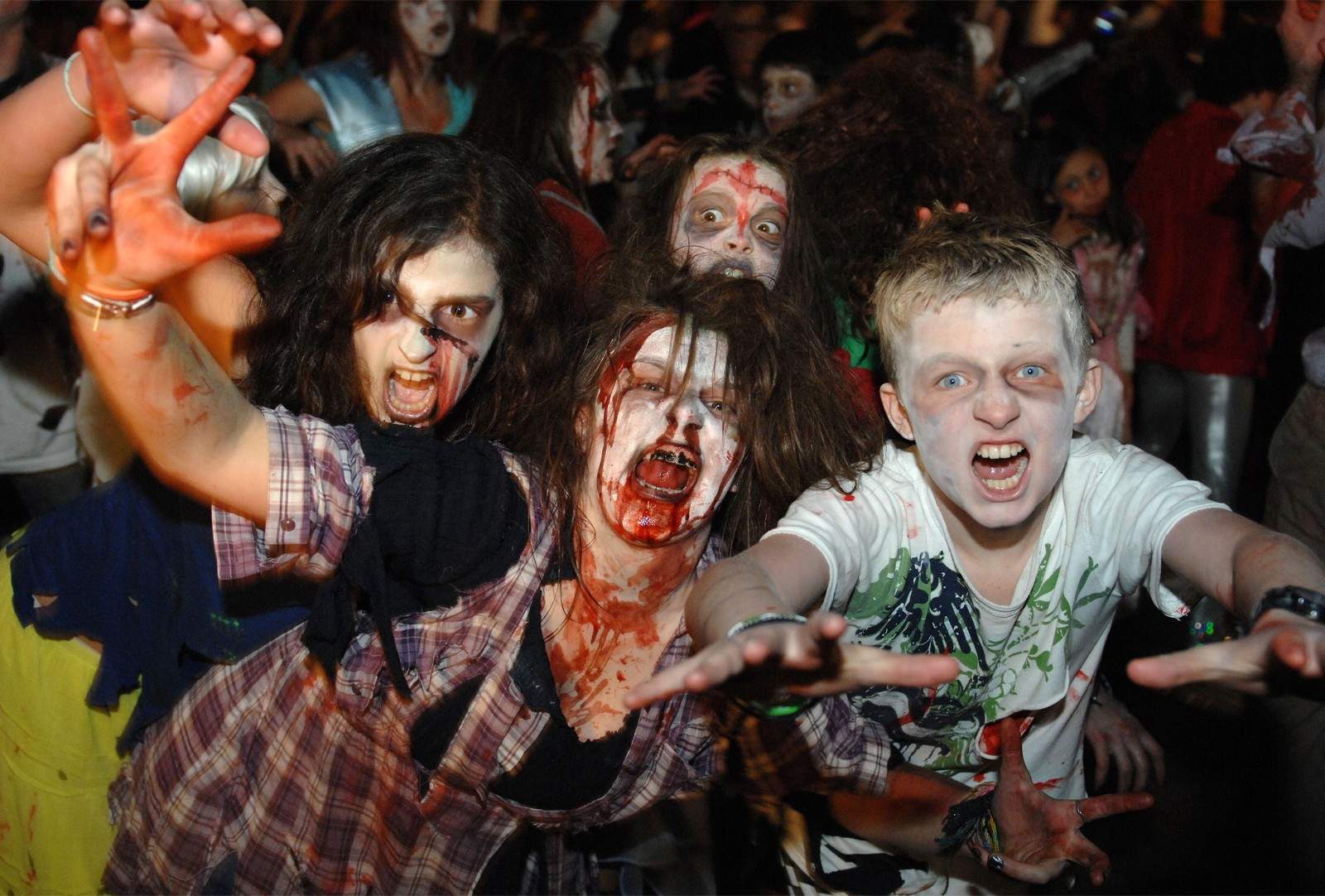
Kids dressed as zombies participate in a Vancouver Halloween parade.
Sergei Bachlakov/Shutterstock
Halloween in Canada
October 31
Halloween is a day to celebrate all things scary and ghoulish. The main event is trick-or-treating, where children dress up in costumes and walk from door to door in their neighbourhoods all night and are given candies from adults. In recent years, it’s also become very popular for teenagers to celebrate the day by setting off fireworks and firecrackers and for adults to host late-night costume parties.
In the lead-up to Halloween, spooky decorations of pumpkins, skeletons, witches, and other such creatures will begin to pop up everywhere, particularly in schools, department stores, and bars. On the day itself, it’s becoming more and more common for people of all walks of life to don costumes the whole day long — costumed bus drivers, waiters, and bank tellers are hardly an unusual sight.
Canadian Halloween celebrations have continued to get bigger and bigger every year, to the point where it’s now said to be the country’s second-biggest holiday after Christmas, in terms of consumer spending and public participation.
Remembrance Day
November 11
On November 11, 1918, World War I (1914-1918) formally came to a close when a truce, or armistice, was declared between the fighting nations, including Canada. On every November 11 since, Canadians have celebrated peace and remembered the horrors of war by observing Remembrance Day, the most sombre holiday of the year.
At 11 o’clock on November 11, all Canadians are expected to stop what they’re doing and observe a moment of silence in memory of the soldiers who have given their lives in the various wars in which Canada has fought. Most cities will organize a special public ceremony at the town hall or local war memorial as well, at which representatives of various groups, such as the veterans’ legion, the Boy Scouts, and the municipal, provincial and federal governments will quietly lay wreaths of commemoration.
Remembrance Day’s most visible tradition of all, however, is the distribution of small, plastic poppy pins, which many Canadians will wear on their jackets for the first 11 days of the month. Distributed as a fundraising effort by the Royal Canadian Legion Society, the pins are meant to evoke the imagery of In Flanders’ Fields, a famous Canadian poem about the suffering of war, written by Lt. Colonel John McCrae (1872-1918). Canadian children will usually memorize the entirety of it during some part of their elementary school education.
